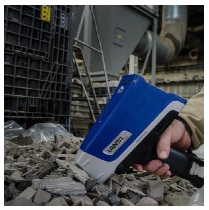WHAT MACHINES ARE USED IN CATALYTIC CONVERTER RECYCLING?
POSTED BY MAXIME LE BRETON
The recycling of scrap catalytic converters to retrieve the precious metal content of platinum, palladium and rhodium, is important, both environmentally and economically.
The mining of metal ore is a labour and energy intensive process, requiring extensive mining, costly processes and harmful chemical treatments, all of which are harmful to the environment. At the same time the prices of the three Platinum Group Metals (PGMs) used in the catalytic process to remove toxic emissions from vehicles are substantially increasing due to soaring demand and limited supplies, thus making their recycling economically viable.
However, the recycling process is both complex and highly technical and requires heavy investment in expertise and equipment, investment that Ecotrade has committed to.
In this article, we will consider the machinery and equipment that is involved in the key stages of the process.
Stage 1: De-canning
The physical recycling begins with the extraction of the honeycomb-shaped material in the catalytic converter that contains the valuable PGMs. This is best carried out by using either a guillotine-shaped hydraulic press machine such as that manufactured or alligator shears. 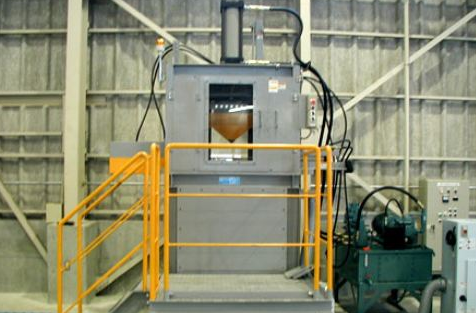 The former de-cans catalytic converters in a completely sealed environment, that keeps the operator well away from the cutting blade and any hazardous dust, with an airflow that replaces air in the hood every 2 seconds, ensuring a constant supply of clean air and operator safety. The latter is a durable machine with thick V-shaped blades that easily cut through a catalytic converter and can be re-sharpened for long life.
The former de-cans catalytic converters in a completely sealed environment, that keeps the operator well away from the cutting blade and any hazardous dust, with an airflow that replaces air in the hood every 2 seconds, ensuring a constant supply of clean air and operator safety. The latter is a durable machine with thick V-shaped blades that easily cut through a catalytic converter and can be re-sharpened for long life.
In addition, in order to capture valuable dust particles from the honeycomb during the de-canning operation, Ecotrade has fitted extraction units to their hydraulic presses. Manufacturers offer these units with a filtration unit that removes airborne dust at the shear head and a screw conveyor which transports solid material from the shear into a collection bag.
Stage 2: Milling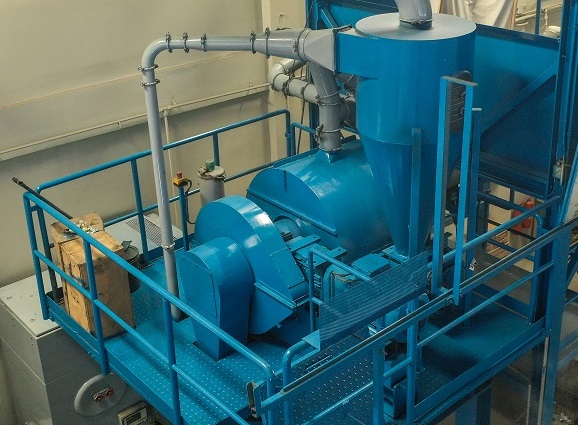
The de-canned ceramic is then sorted, crushed, and milled. Depending on batch size Ecotrade either uses a ball mill or chain mill. The former use steel balls as the grinding mechanism and can mill batch sizes of up to 2 tons. In contrast, chain mills are ideal for the milling of a single catalyst unit, or a small batch. Some players in the industry also use hammer mill.
If required, a Vacuum Transfer Unit can be installed to transfer the milled material to the desired location. An efficient and versatile Double Cone Blender may then be used to homogeneously combine dry powders and granules.
Stage 3: Sampling and Assaying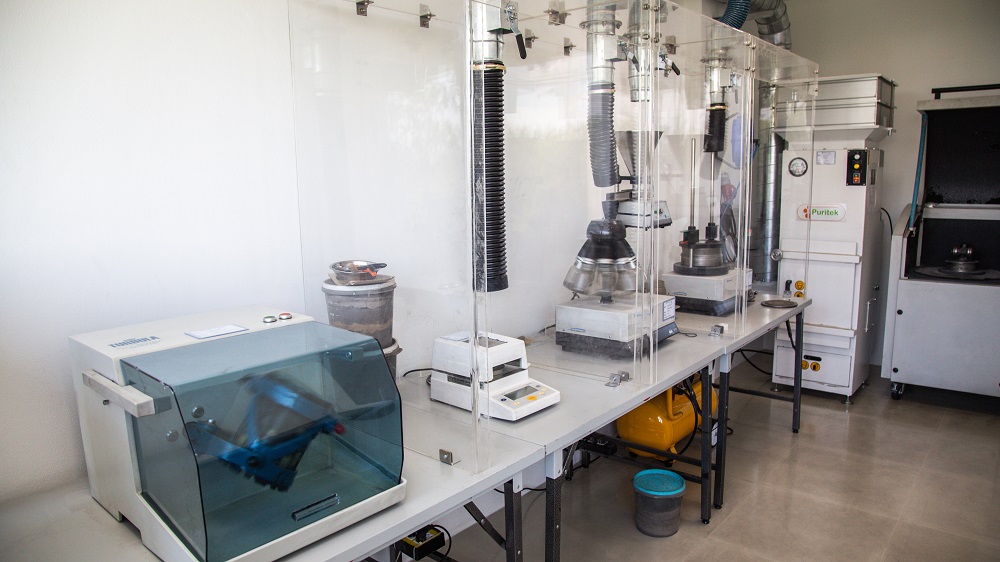
Determining the value of the recovered PGMs in catalytic converters begins with knowing the composition and ratios of the metals used. 20 years ago, these were more or less constant and thus a simple weighting was sufficient to arrive at a good estimation of the precious metal content. Nowadays, though, the composition can vary enormously; there are so many more types and models of vehicles; different countries apply varying levels of legislation; the relative ratios can change from year to year…and so on.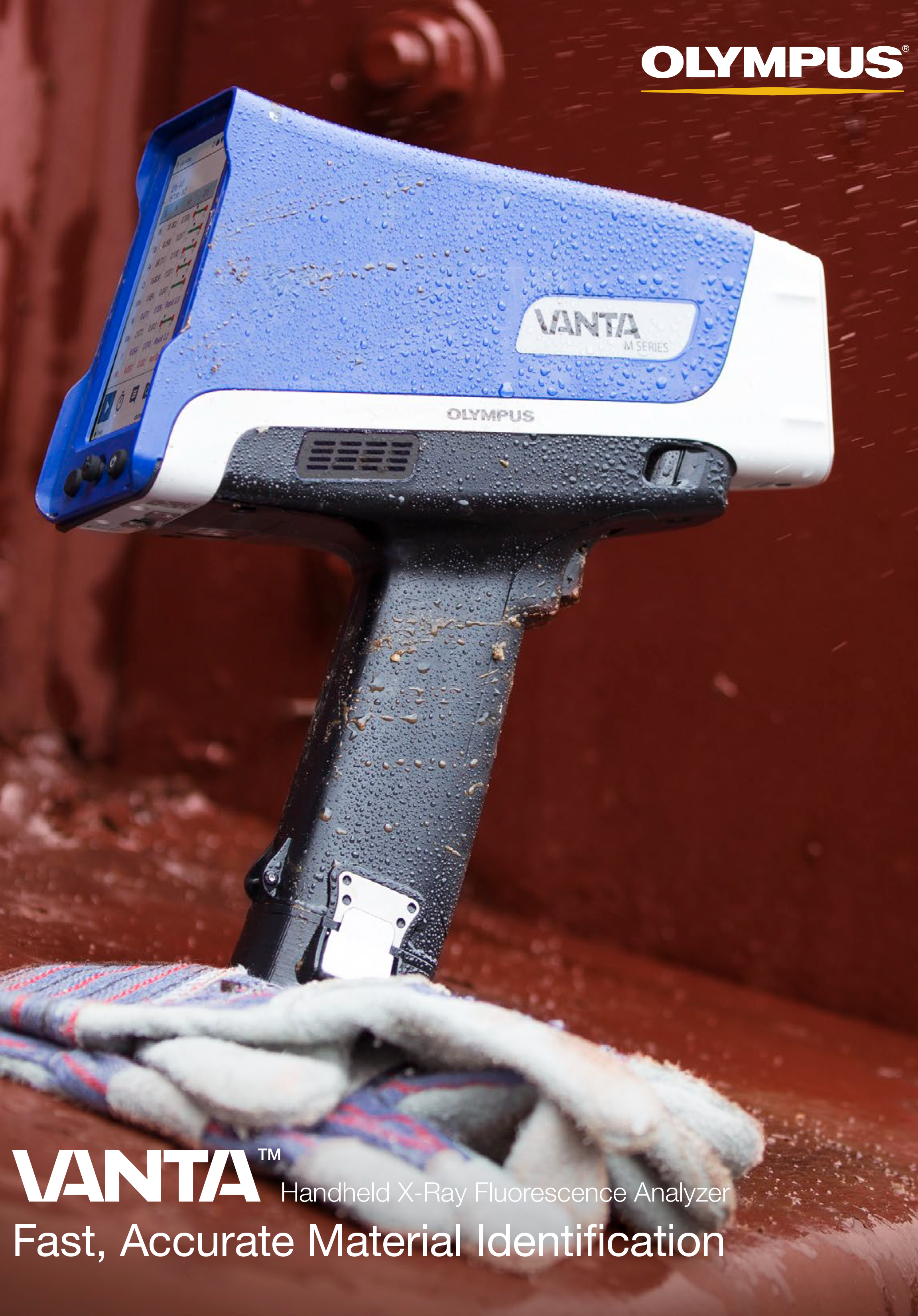
In order to avoid considerable financial losses, operators want to quickly and accurately determine the PGM content from every batch, and technology has leant a helping hand. It is now possible to take small samples of the milled material and accurately assess the PGM content using X-Ray Florescence (XRF) analyzers. Assaying the sample in this manner delivers high levels of accuracy and transparency in the buying and selling process. Hand-held XRF analyzers attractive to small- and medium-sized recyclers who are now able to offer their suppliers cost-effective and speedy analysis.
Whilst X-Ray Florescence (XRF) analysis is a quick method of assessment, refining companies tend to only credit 80% of the PGM value upon preliminary XRF results, with the final payment paid upon completion of the actual assay.
The Vanta handheld XRF analyzer is one the most advanced handheld X-ray fluorescence (XRF) devices and provides rapid, accurate element analysis and alloy identification to customers who demand laboratory-quality results in the field, it provides fast results in a diverse range of applications.
Fire Assay and ICP analysis deliver an even higher level of accuracy as it analyzes both major and traces elements.
Fire Assay is one of the oldest refining and analytical techniques for precious metals in the world. Although nowadays modern instrumentation and machinery provide improved time requirements, analysis performance, and reproducibility, the basic method remains the same. Milled samples are mixed with specific fluxes (dependent on the milled material's unique constituents - in this case, platinum, palladium, rhodium) together with a metallic “collector” (usually lead) and then fused. During fusion, the fluxes and lead wash all metallics out of the powder and leave two separate parts - a metallic “button” which contains all the metals in the sample, and a slag of all the other remaining elements. The button is then dissolved in acid and analyzed by spectrometers.
ICP  is an emission spectrometry analysis that identifies each element by its unique wavelength characteristic. The acid-dissolved sample from the fire assay process is charged in a high-temperature plasma and the emissions signals are received by a camera that collects and focuses the spectrum onto a Charge Injection Device (CID). Software then matches the received spectrum and compares the wavelength of each element to produce a final result.
is an emission spectrometry analysis that identifies each element by its unique wavelength characteristic. The acid-dissolved sample from the fire assay process is charged in a high-temperature plasma and the emissions signals are received by a camera that collects and focuses the spectrum onto a Charge Injection Device (CID). Software then matches the received spectrum and compares the wavelength of each element to produce a final result.
Once the assaying has been completed and prices confirmed, the milled material is despatched to specialized smelting and refining plants where it undergoes a number of chemical treatments to extract the platinum, palladium and rhodium at a high level of purity.
The nature of the full extraction and refining process is subject to stringent safety, hygiene and environmental regulations and all operators are regularly inspected to ensure full compliance, a procedure that Ecotrade welcomes.

























